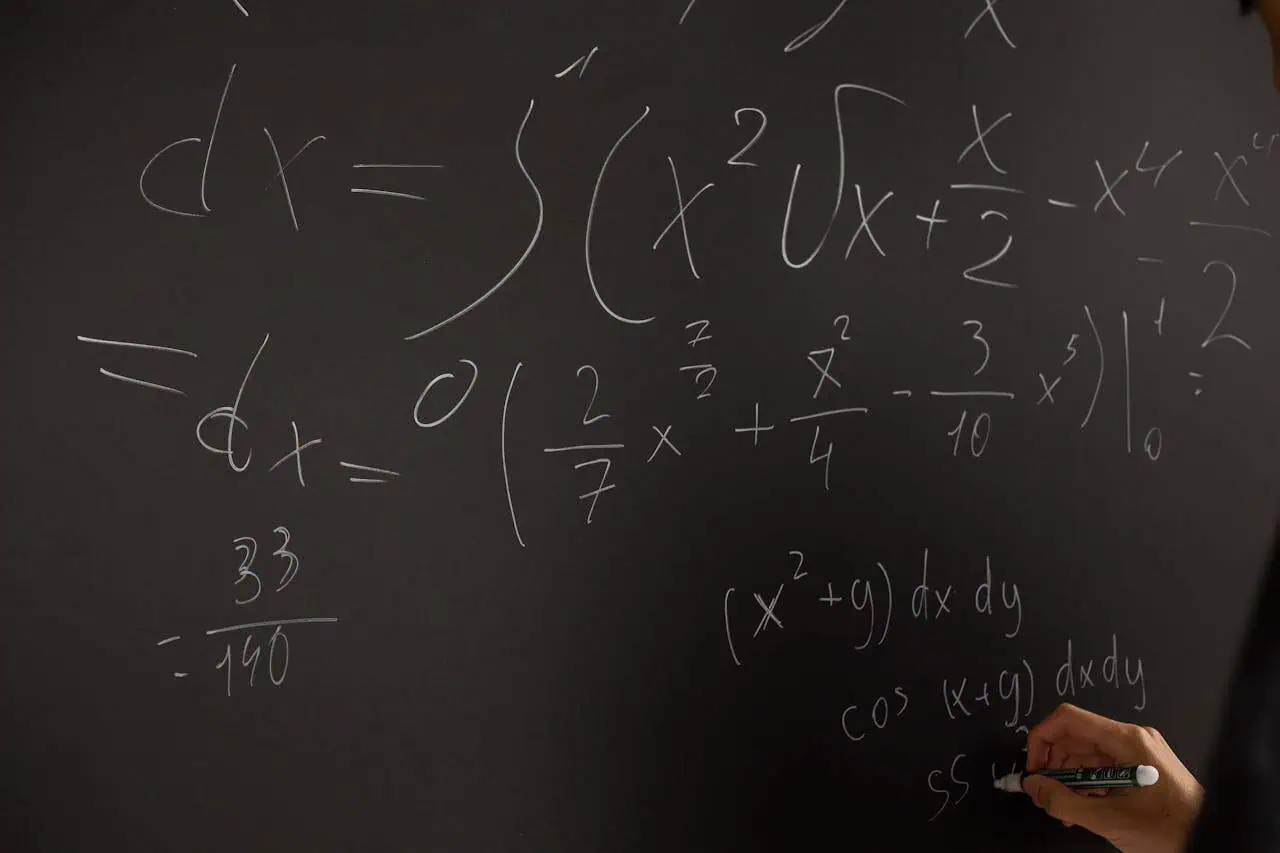Have you ever looked at a price tag, a financial statement, or a school report card and wondered how percentages work? Percentages appear in almost every aspect of daily life, from discounts at the store to calculating loan interest. Today, we’ll break down one example: “What percent is 551.21 of 725?” Along the way, we’ll dive into percentage basics, practical calculation methods, and why percentages are so useful. Whether you’re budgeting, tracking fitness goals, or evaluating performance, knowing how to calculate and understand percentages can make a big difference.
ALso learn: 602-671-3998: Who’s Calling? A Comprehensive Guide to Identifying Unknown Callers
The Basics of Percentages
What is a Percentage?
A percentage represents a fraction of 100. When we say something is “25%,” it’s like saying “25 out of 100.” Percentages simplify comparisons and are essential for understanding ratios and proportions. They’re used in finance, statistics, and shopping, and even play a role in scientific studies.
A Brief History
Percentages have their roots in ancient trade and finance, where it became important to measure quantities in relation to a standard unit, often “per hundred.” The term “percent” comes from Latin per centum, meaning “by the hundred.” Today, this simple concept is used to analyze changes, measure proportions, and express relationships across fields.
Why Percentages Matter
From calculating discounts to understanding investment returns, percentages are indispensable. They allow us to measure and compare values quickly and easily. For example, if you want to know how much a $551.21 item costs as a fraction of a $725 budget, calculating the percentage gives you that insight instantly.
Step-by-Step Guide to Solving “551.21 is What Percent of 725?”
Now, let’s walk through the calculation step-by-step.
- Set Up the Equation
The formula to calculate the percentage of a number is:Percentage=(PartWhole)×100\text{Percentage} = \left( \frac{\text{Part}}{\text{Whole}} \right) \times 100Percentage=(WholePart)×100Here:- Part = 551.21
- Whole = 725
- Plug in the Values and Solve Substitute the values:(551.21725)×100=Percentage\left( \frac{551.21}{725} \right) \times 100 = \text{Percentage}(725551.21)×100=PercentageFirst, divide 551.21 by 725:551.21÷725≈0.76551.21 \div 725 \approx 0.76551.21÷725≈0.76Then, multiply by 100 to convert to a percentage:0.76×100=76.05%0.76 \times 100 = 76.05\%0.76×100=76.05%Answer: 551.21 is approximately 76.05% of 725.
- Interpret the Result This means that 551.21 represents about 76% of 725. In practical terms, if you’re working within a 725-unit framework (like a budget), 551.21 fills up about three-quarters of that total.
Alternative Methods for Calculating Percentages
Using a Calculator
To make quick work of percentage calculations, plug in 551.21 ÷ 725 and multiply by 100. Most standard calculators and smartphone calculators have a percentage function to make this even easier.
Using Online Tools
Various online tools and apps calculate percentages with a few clicks. Websites like Calculator.net or Omni Calculator offer percentage calculators that you can use for quick, reliable answers.
Manual Calculation Tips
For those interested in doing the math by hand, try rounding numbers to simplify calculations. For instance, approximate 551.21 as 550 and 725 as 700, so the math becomes:550700≈0.785 or 78.5%\frac{550}{700} \approx 0.785 \text{ or } 78.5\%700550≈0.785 or 78.5%
This is close to the precise answer and can be a fast solution in a pinch.
Applications of Percentages in Daily Life
Percentages appear across many aspects of everyday life. Here are a few practical examples:
Finance
In finance, percentages help calculate interest rates, inflation, and returns on investment. For example, if your investment grows by 5% annually, this simple percentage can make it easy to track growth over time.
Shopping Discounts
If you’ve ever waited for a 20% off sale or calculated tax on a purchase, you’ve used percentages. Knowing how to quickly compute percentages can help you stay within budget and understand the final price of items.
Health and Fitness
Percentages help in tracking fitness progress. For example, if you’re trying to reach a goal of running a 5K, and you’ve completed 3.8K, you’re approximately 76% there!
Education
Grades are often represented as percentages, making it easy to understand how well you’re doing. For example, if you scored 76% on a test, you know exactly where you stand in relation to the full mark.
Common Mistakes When Calculating Percentages and How to Avoid Them
Mistaking ‘Of’ for Increase/Decrease
In our example, “551.21 is what percent of 725” focuses on how much 551.21 represents in relation to 725. It’s different from a percentage increase or decrease.
Rounding Errors
Be cautious when rounding. Rounding too early in your calculation can lead to inaccuracies. Try to keep as many decimal points as possible until the final answer.
Misidentifying the Base Number
Remember that the whole number (in this case, 725) should always be the number you compare against. Using the wrong base leads to a skewed answer.
Frequently Asked Questions
1. What if 551.21 was 75% of 725?
- To calculate the number that represents 75% of 725, multiply 725 by 0.75:
725×0.75=543.75725 \times 0.75 = 543.75725×0.75=543.75
So, 543.75 would be 75% of 725.
2. How to Calculate Percent Change?
- To find percent change, use:
New Value−Original ValueOriginal Value×100\frac{\text{New Value} – \text{Original Value}}{\text{Original Value}} \times 100Original ValueNew Value−Original Value×100
This formula is handy for calculating changes in things like prices, stock values, and more.
3. Can Percentages Be Used for Small Amounts?
- Absolutely! Percentages can express proportions of any quantity, no matter how small. This is especially useful in fields like chemistry or cooking.
Practice Exercises for Readers
Here are a few exercises to reinforce what you’ve learned:
- Exercise 1: Calculate what percent 400 is of 500.
- Exercise 2: If 600 is 80% of a number, what is that number?
Answers:
- Exercise 1: (400÷500)×100=80%(400 \div 500) \times 100 = 80\%(400÷500)×100=80%
- Exercise 2: 600÷0.8=750600 \div 0.8 = 750600÷0.8=750
Conclusion
Percentages are powerful tools for understanding proportions, trends, and changes in various contexts. By knowing how to calculate and interpret them, you can make informed decisions in finance, shopping, education, and beyond. Give these calculations a try in your own life, and see how useful they can be!
Additional Resources
- Percentage Calculator
- Related Articles: “How to Calculate Percentage Increases” and “Understanding Discounts and Markups in Shopping”



